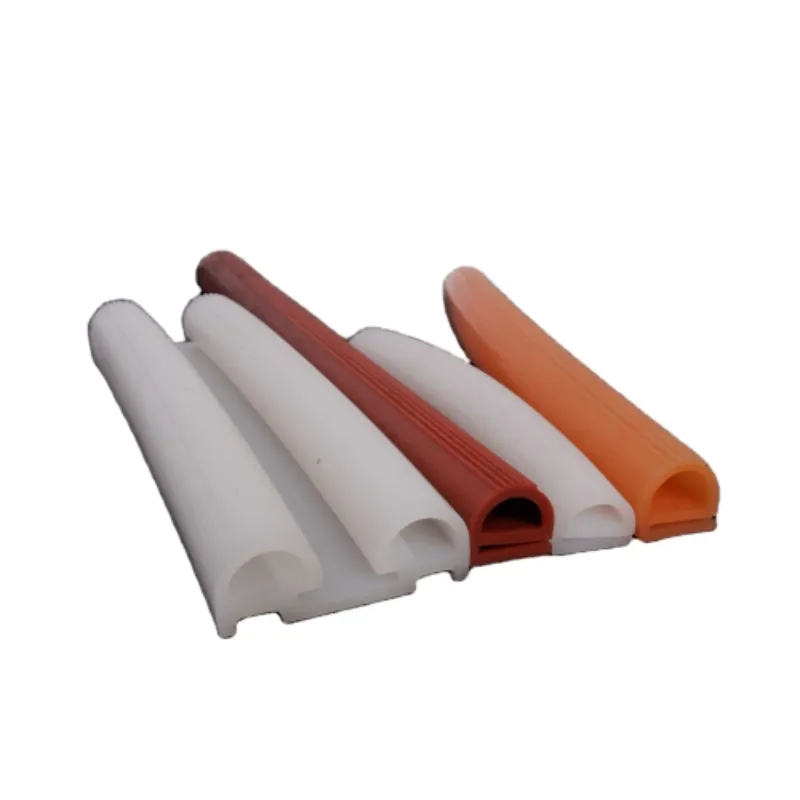automotive window weather stripping
The Importance of Automotive Window Weather Stripping
When it comes to the performance and longevity of vehicles, many parts often go overlooked, but perhaps none is as crucial as automotive window weather stripping. This component is essential not only for maintaining comfort but also for ensuring the vehicle's efficiency and safety. In this article, we will explore the significance, types, installation, and maintenance of automotive window weather stripping.
What is Automotive Window Weather Stripping?
Window weather stripping is a sealing material applied around the edges of car windows to prevent air, water, and noise from entering the vehicle. It acts as a barrier, protecting the interior while enhancing the comfort level for passengers. The weather stripping can be made from various materials, including rubber, sponge, and sometimes felt, depending on the vehicle's design and the manufacturer's specifications.
Significance of Weather Stripping
One of the primary functions of window weather stripping is to provide insulation. Effective insulation helps to regulate the temperature inside the vehicle, making it more comfortable for occupants, regardless of external weather conditions. Furthermore, proper weather stripping prevents wind noise that can otherwise detract from the driving experience.
Another critical role of window weather stripping is to prevent water leakage. In adverse weather conditions, such as heavy rain, efficient weather stripping ensures that water does not seep into the car's interior, which can lead to mold, mildew, and extensive water damage over time.
Additionally, through the prevention of drafts and air leaks, weather stripping improves the overall fuel efficiency of the vehicle. A well-sealed cabin helps maintain desired temperatures, reducing the need for excessive use of air conditioning or heating, and thereby conserving energy.
Types of Window Weather Stripping
There are various types of weather stripping materials used in automotive windows, each with its own advantages
1. Rubber Weather Stripping This is the most commonly used material due to its durability and resilience. Rubber can withstand significant wear and tear, making it ideal for vehicles subjected to harsh weather conditions.
2. Foam Weather Stripping Foam strips are often used for their ease of installation and lightweight nature. They can provide a good seal; however, they may not last as long as rubber.
3. Vinyl Weather Stripping Vinyl is more affordable than rubber and offers good insulation properties. However, it may become brittle over time when exposed to sunlight and temperature changes.
automotive window weather stripping

4. Felt Weather Stripping Often used in older models, felt material offers basic weather sealing but may not provide the same longevity or effectiveness as synthetic materials.
Installation of Weather Stripping
Installing new weather stripping is a straightforward process that can often be done by the vehicle owner. Here’s a brief overview of the installation steps
1. Remove Old Weather Stripping Carefully take off the old weather stripping, ensuring not to damage the window frame.
2. Clean the Surface Thoroughly clean the area where the new weather stripping will be applied to ensure a strong adhesive bond.
3. Measure and Cut Measure the exact lengths required for the windows and cut the new weather stripping accordingly.
4. Apply Weather Stripping Peel off the backing from the adhesive and affix the new weather stripping to the cleaned surface, pressing firmly to ensure a good seal.
5. Check the Seal After installation, it’s advisable to check the seal by closing the windows and inspecting for any gaps or drafts.
Maintenance Tips
Regular maintenance of window weather stripping can prolong its life. Inspect for cracks, tears, or hardening, particularly after extreme weather conditions. Cleaning the stripping with mild soap and water can help maintain its flexibility. Additionally, applying a silicone spray can prevent it from drying out and cracking, reinforcing its protective properties.
Conclusion
Automotive window weather stripping is a vital element that contributes significantly to a vehicle's comfort, performance, and longevity. By understanding its importance, types, proper installation, and maintenance, vehicle owners can ensure their cars remain in optimal condition, enhancing the driving experience while safeguarding their investment. Whether you’re a DIY enthusiast or prefer professional assistance, taking time to address your vehicle's weather stripping needs will pay off in the long run.
-
Under Door Draught Stopper: Essential ProtectionNewsJul.31,2025
-
Garage Door Seal and Weatherstrips for ProtectionNewsJul.31,2025
-
Edge Banding Tape for Perfect EdgesNewsJul.31,2025
-
Table Corner Guards and Wall Corner ProtectorsNewsJul.31,2025
-
Stair Nose Edging Trim and Tile Stair SolutionsNewsJul.31,2025
-
Truck Bed Rubber Mats for Pickup BedsNewsJul.31,2025
-
Window Weather Stripping for Noise ReductionNewsJul.29,2025